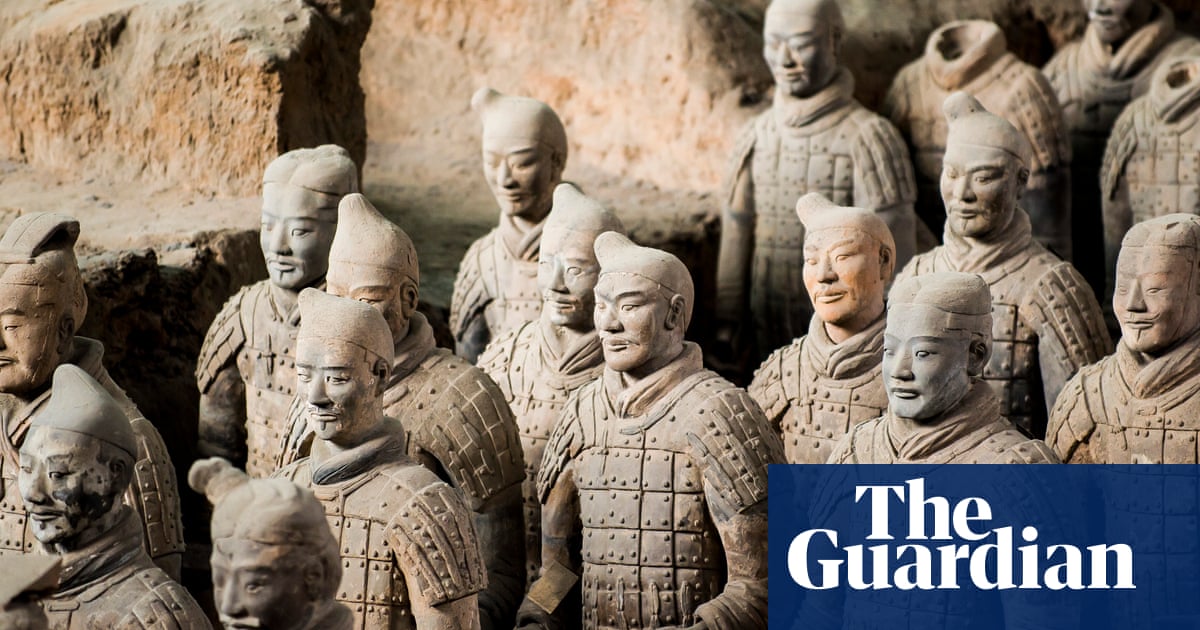The incident involving a tourist damaging two terracotta warriors in China raises significant questions about safety, cultural preservation, and mental health awareness. While the event itself is alarming, the broader implications for society and tourism merit examination.
Cultural Preservation Concerns
The damage to the terracotta warriors, which are an invaluable part of China’s cultural heritage, highlights the vulnerabilities of historical sites to reckless behavior. This event can evoke concerns about the effectiveness of security measures in place at such significant tourist attractions. The fact that the tourist was found to have a mental illness adds complexity to the narrative, shifting the focus from mere vandalism to the need for better support systems for individuals with mental health issues.
Public Perception and Awareness
The article aims to inform the public about the incident while also reflecting on the responsibilities of tourists. It serves as a reminder of the importance of respecting cultural heritage and the potential consequences of individual actions on shared history. By framing the tourist's actions within the context of mental health, the report may be attempting to foster a more compassionate understanding of similar incidents in the future, rather than solely condemning the behavior.
Implications for Tourism
This incident could lead to increased scrutiny of tourist behavior and tighter regulations at cultural sites. There may be a backlash against tourists, leading to a negative perception of foreign visitors, particularly in regions where cultural preservation is a priority. Conversely, it may also result in a push for better mental health resources for both locals and visitors, encouraging a more inclusive approach to tourism.
Societal Impact
The damage to the warriors raises questions about societal values surrounding mental health and the preservation of cultural artifacts. It may provoke discussions about how to balance tourist access with the need to protect vulnerable historical sites. The incident could also prompt governments and organizations to rethink how they address mental health issues in public spaces.
Link to Broader Issues
While this specific event may seem isolated, it is reflective of larger societal challenges, including the impact of tourism on cultural heritage, mental health awareness, and the responsibilities of individuals in public spaces. The potential for this incident to resonate with ongoing conversations about mental health and cultural preservation suggests a deeper, interconnected narrative.
Trustworthiness of the Report
The news report appears to be reliable, as it cites official statements and provides context about the terracotta warriors' significance. However, the framing of the tourist as suffering from mental illness could be seen as an attempt to evoke sympathy, which might influence public perception. Ultimately, while the report provides factual information, the implications drawn from the incident could vary widely among different audiences.
